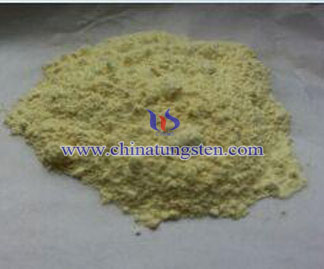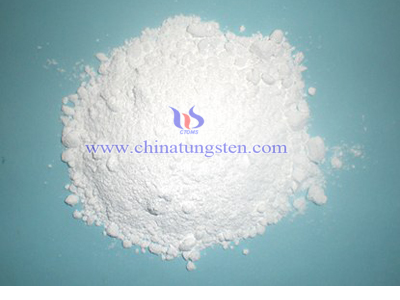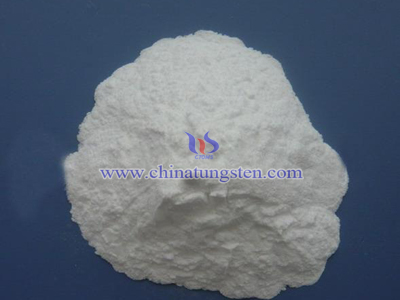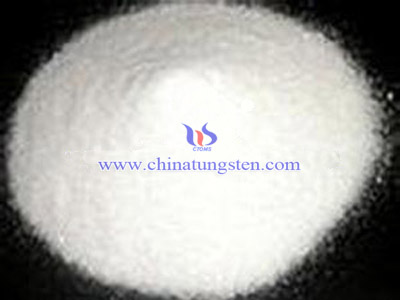WO3 Photocatalytic Self Cleaning Glass
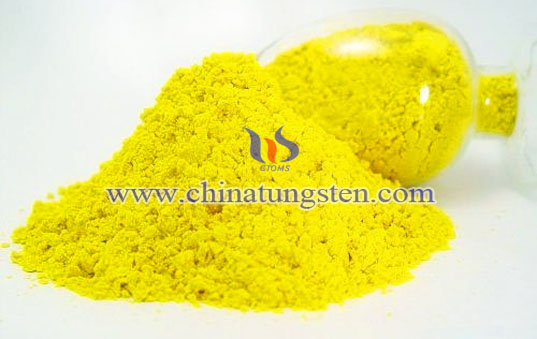
In this glass curtain wall as a symbol of the modern city, a large number of architectural glass has been used to improve the urban landscape. However, the followed problem is the glass surface cleaning, moreover, with the increasing environmental pollution has become increasingly prominent, every year a lot of financial, physical and human resources have to spend on it. So, if there is a kind of glass or special material covered on the glass, so that the glass can be easily cleaned, like stains directly washed in a rainy day, it is not very convenient?
1995, TOTO company in Japan found that titanium dioxide film has a light-induced hydrophilic property, that is, when the glass surface covered with a titanium oxide film, active group with strong oxidizing power will be produced after irradiated by sunlight and further degrade and oxidize the pollutant on the glass surface, and then they will be directly washed or cleaned by rain, so that the glass surface remains permanently hydrophilic property, thereby have a self-cleaning function.
Tungsten trioxide photocatalytic self-cleaning glass is coating a tungsten trioxide photocatalyst film on the high-quality clean glass substrate; tungsten trioxide can use sunlight energy to degrade organic matters, while induces to produce super-hydrophilic property. When the rain comes, the force scour will lose and remove contaminants to realize the effect of glass surface self-cleaning. Self-cleaning glass can be used in many places, such as the building of architectural glass, automotive anti-fog mirror self-cleaning and so on.
Principle of Self-Cleaning Glass
1. When the sun projected on the window or glass curtain wall, photo-generated electrons and holes will produce on glass surface which form a strong redox system;
2. The electron-hole pair has chemical react with oxygen and moisture in the air to produce radical OH and hydrogen peroxide, and further decompose organic pollutants;
3. When the rain comes, the rain covers the entire surface of the self-cleaning glass, inorganic dust and organic degradation fragments will be taken by the strong impact of rain as the glass surface is ultra-hydrophilic, and finally windows or curtain walls obtain the capacity of self-cleaning.

